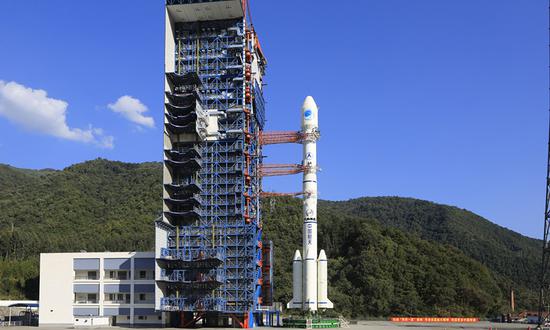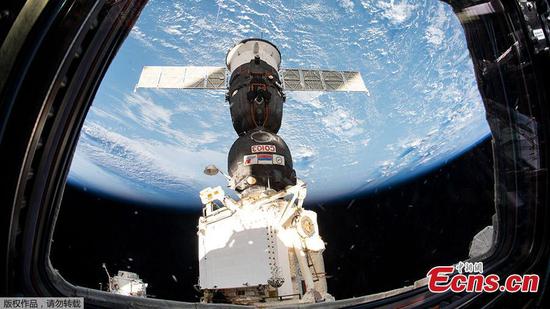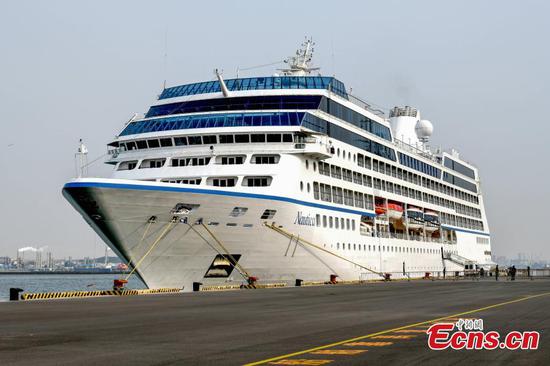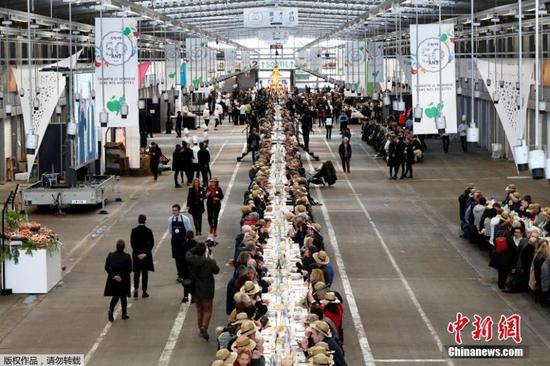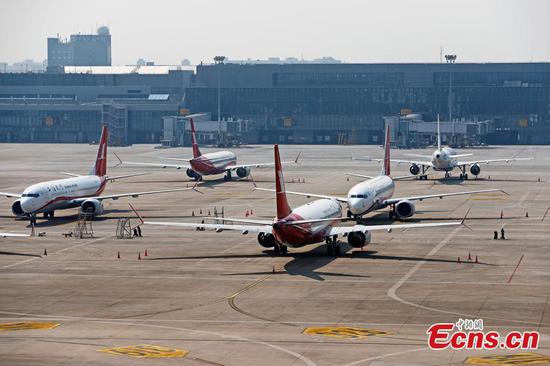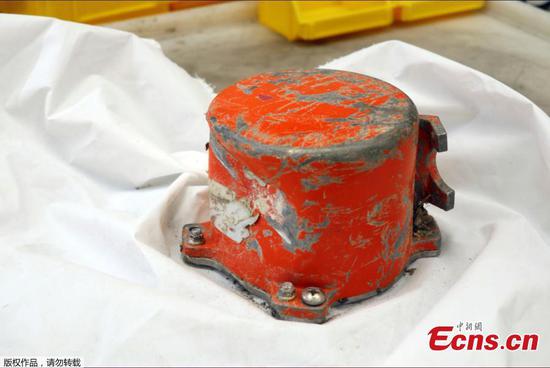The cargo throughput of the US Port of Long Beach, the second largest container port in the United States, saw a year-on-year decrease this February due to the early arrival of the Chinese Lunar New Year.
"(Chinese) Lunar New Year was earlier this year, shrinking shipments for most of February," said Long Beach Harbor Commission President Tracy Egoscue.
Statistics issued last Friday showed that the port's terminals moved 596,616 twenty-foot equivalent units (TEUs) last month, a 9.8 percent decrease year-on-year. The imports dropped 11.5 percent to 302,865 TEUs, while the exports declined 19.6 percent to 105,287 TEUs.
This year, however, the Port of Long Beach still saw the second busiest February in its 108-year history. Its busiest year ever was in 2018, with a total throughput of over 8 million TEU.
"Overall, our volumes have increased and cargo flow has become more consistent as retailers constantly replenish inventory in the e-commerce economy," said Mario Cordero, executive director of the Port of Long Beach.
"We're preparing for busier months ahead, and will work with all of our supply chain partners this year to deliver efficient, fast service for our customers as they adjust to market changes," Egoscue said.
Load container imports into the US largest Port of Los Angeles also fell sharply in February from a year earlier, according to the port's data released on Monday.

















